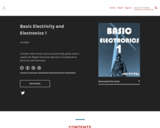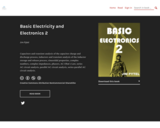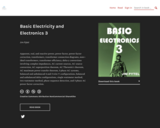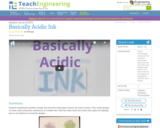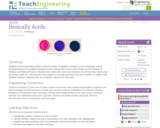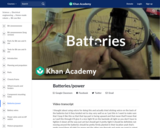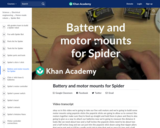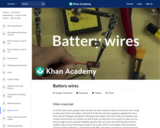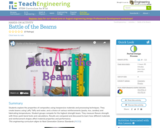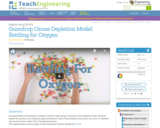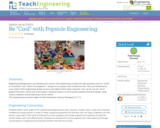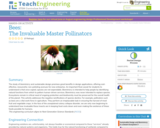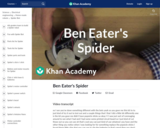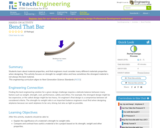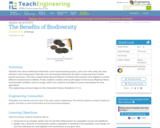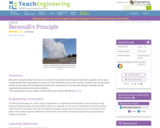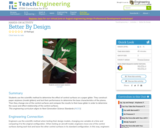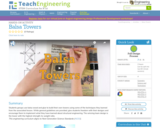
Students groups use balsa wood and glue to build their own towers using some of the techniques they learned from the associated lesson. While general guidelines are provided, give students freedom with their designs and encourage them to implement what they have learned about structural engineering. The winning team design is the tower with the highest strength-to-weight ratio.
- Subject:
- Applied Science
- Architecture and Design
- Engineering
- Material Type:
- Activity/Lab
- Provider:
- TeachEngineering
- Provider Set:
- TeachEngineering
- Author:
- Benjamin Burnham
- Kelly Devereaux
- Date Added:
- 09/18/2014
